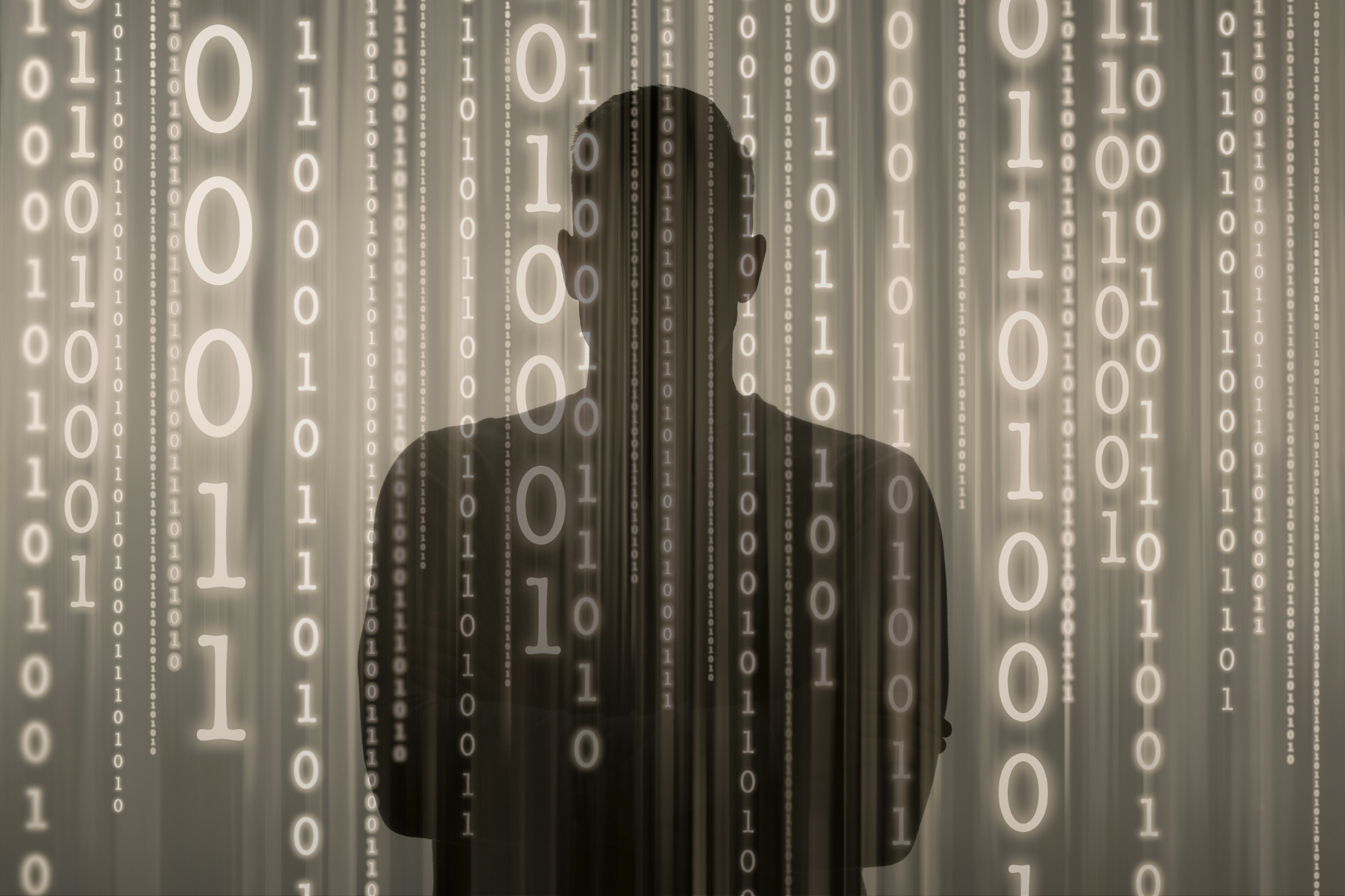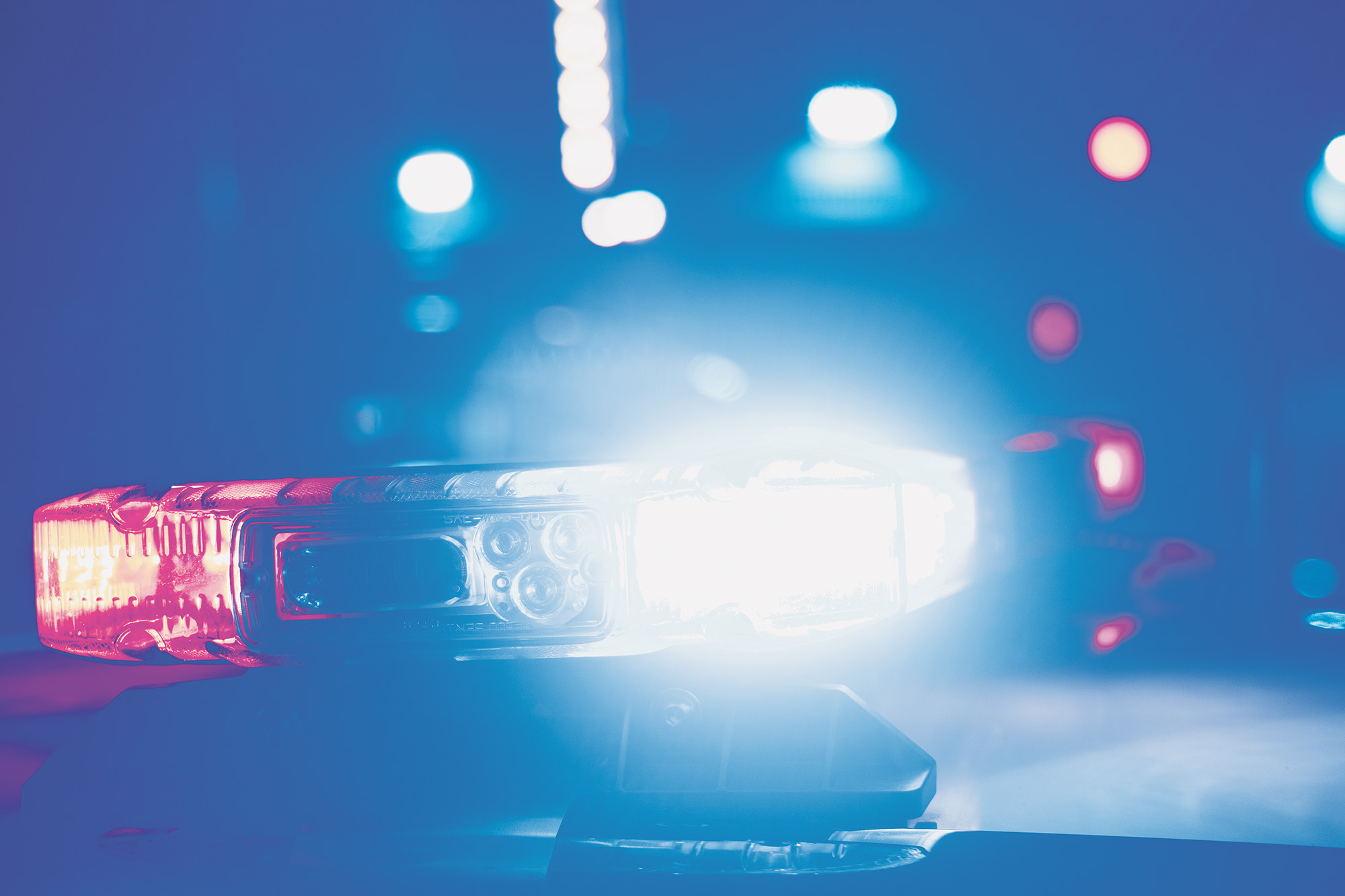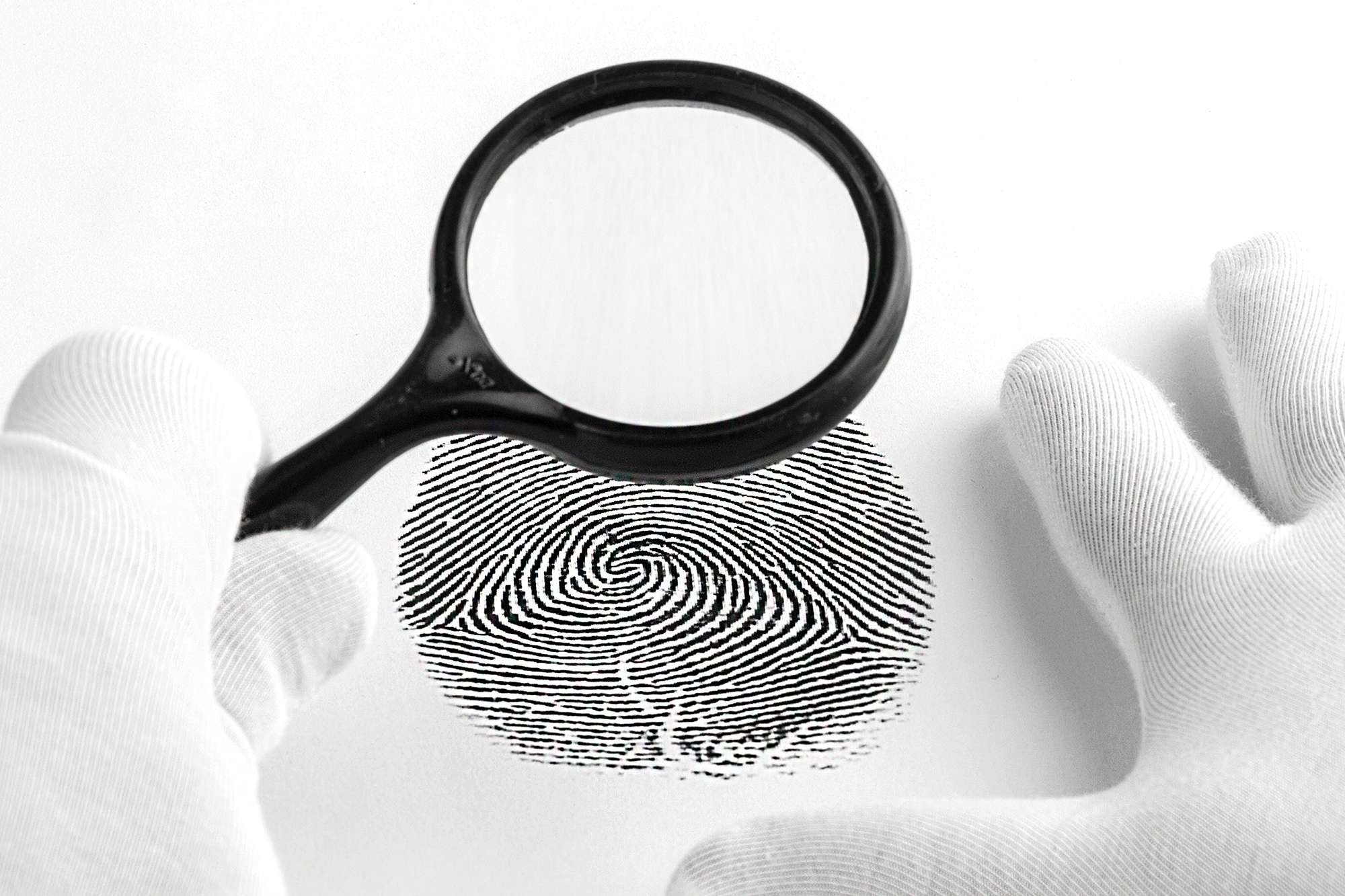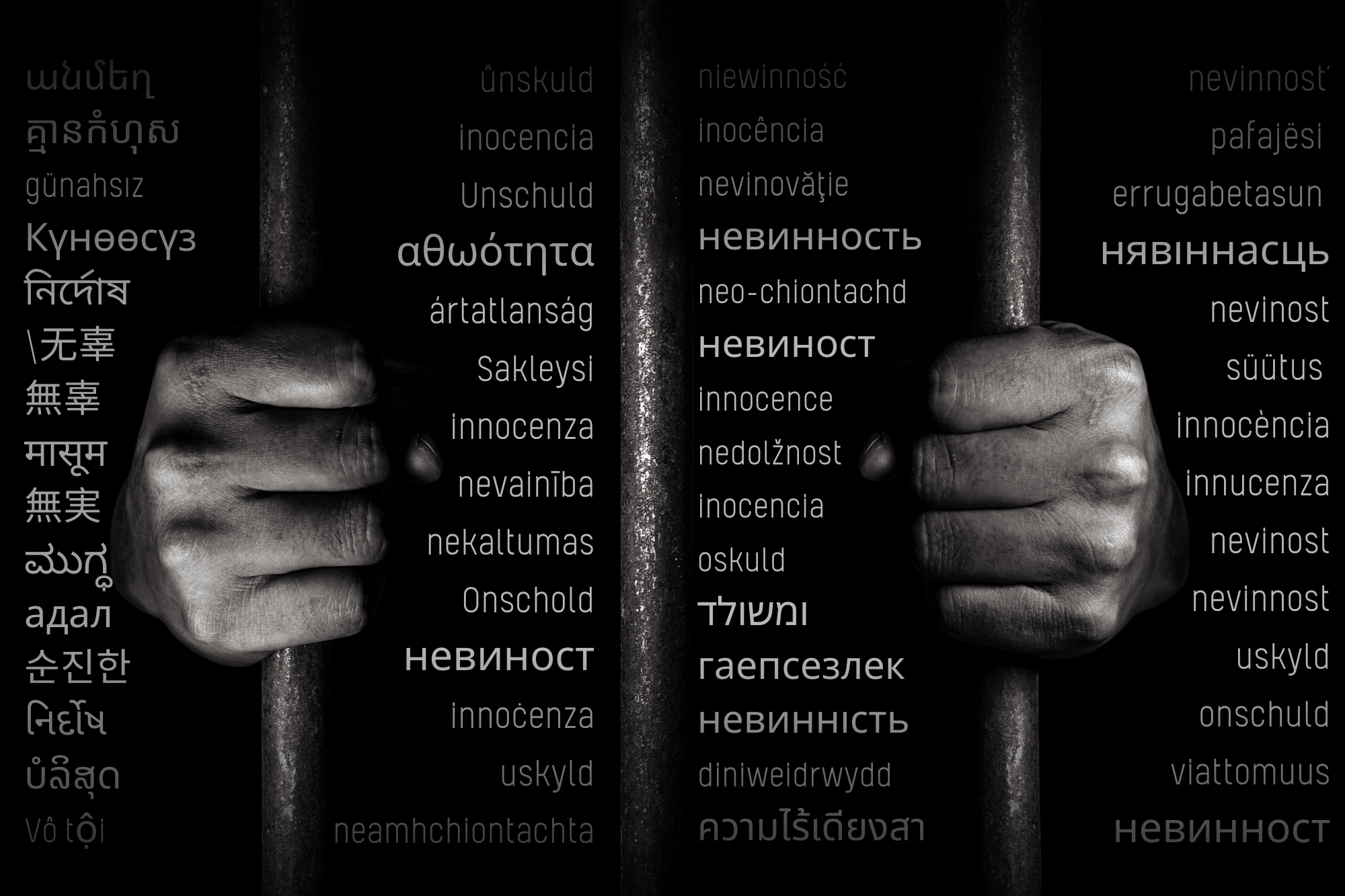Criminal Law
 Feature
Feature
Victim ‘Speaks’ via AI, Sparking an International Conversation
Judicature International (2025) | An online-only publicationIn many common law countries, victims are given the opportunity to tell the court how a defendant’s actions have affected them, as well as their families, friends, and communities. Called […]
 Book Review
Book Review
Felon: A Poetic Travelogue of Post-Incarceration
Vol. 108 No. 3 (2025) | Problem-Solving CourtsReading Felon feels like witnessing a fountain pen bleed — its ink spreading indiscriminately, leaving indelible marks wherever it touches, yet there’s a haunting beauty in its uncontrolled flow. Reginald Dwayne Betts pens […]
 Feature
Feature
The 2023 Amendment to Federal Rule of Evidence 702: The Inside Story
Vol. 108 No. 2 (2024) | Judges Under Siege?In the Federal Rules of Evidence, the predominant rule on expert testimony is Rule 702. On December 1, 2023, the rule was amended after six years of work by the […]
 Feature
Feature
Principles for Just and Rational Policing
by Rachel Harmon, Tracey L. Meares, Maria Ponomarenko, Christopher Slobogin, David F. Levi, Brandon Garrett and Barry Friedman
Vol. 108 No. 2 (2024) | Judges Under Siege?Police reform has long been a topic of heated debate in the United States. But it assumed new urgency and political significance during the past decade, as national news has […]
 Feature
Feature
Can Judges Help Ease Mass Incarceration?
Vol. 107 No. 3 (2024) | JustitiaA scholar considers how judges have contributed to historically high incarceration rates — and how they can help reverse the trend. While the American criminal justice system was once known […]
 Feature
Feature
Invaluable Knowledge: How Trial Judge Experience Shapes Intermediate Appellate Review
Vol. 107 No. 3 (2024) | JustitiaImagine that you (a former civil trial judge) and your colleague (a former tax court judge) are on an appellate panel assigned to adjudicate two appeals. One is an appeal […]
 Feature
Feature
Judging Firearms Evidence and the Rule 702 Amendments
by Brandon Garrett, Nicholas Scurich, Eric Tucker and Hannah Bloom
Vol. 107 No. 2 (2023) | Generative AI in the CourtsForensic firearms identification involves linking evidence collected from crime scenes — namely, fired cartridge casings and bullets — to a particular firearm. Two assumptions underlie this identification process: First, firearms […]
 Book Review
Book Review
Is ‘Forensic Science’ A Misnomer?
Vol. 106 No. 3 (2023) | Forging New TrailsWith the exception of DNA analysis, a great deal of so-called “forensic science” — that is, the analysis of tool marks, bite marks, hair comparisons, fingerprints, blood spatters, arson patterns, and […]
 Feature
Feature
Toward Recognizing an International Human Right to Claim Innocence
by Brandon Garrett, Laurence R. Helfer, Mark Godsey, Luca Lupària and Jayne Huckerby
Judicature International (2021-22) | An online-only publicationIn the last decade, nations have begun to formally recognize an individual’s right — at any time — to raise post-conviction claims of factual innocence. Despite the recognition at the state level, no international human rights instrument fully recognizes the right to assert one’s claim of innocence.
 Feature
Feature
What Every Judge and Lawyer Needs to Know About Electronic Evidence
Vol. 99 No. 2 (2015) | The Mass-Tort MDL VortexNot long ago, “friend” was a noun, “yelp” meant a shrill bark, “twitter” referred to a chirp, a “tumbler” was a gymnast or a glass, and “facebook,” “youtube,” and “instagram” […]

